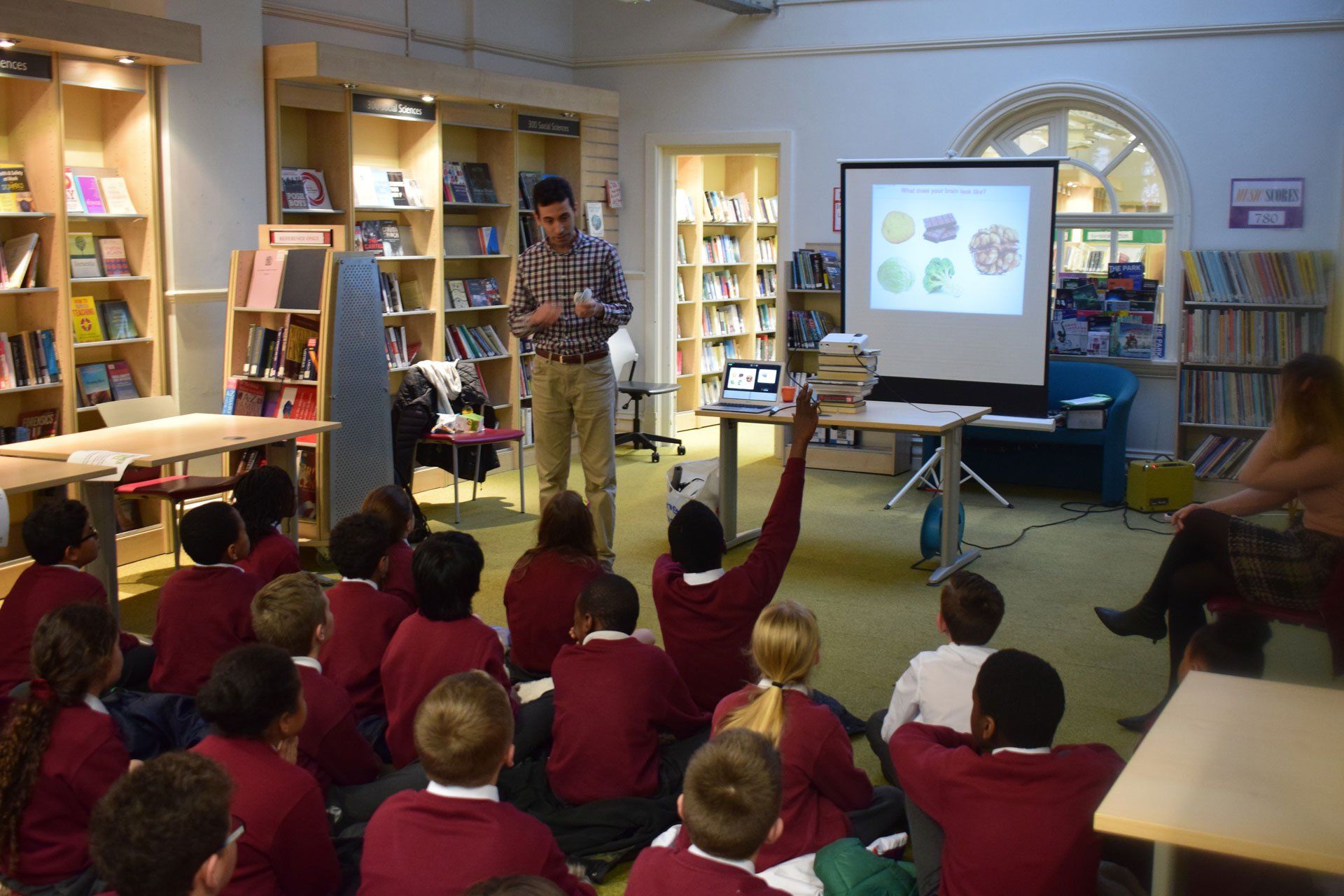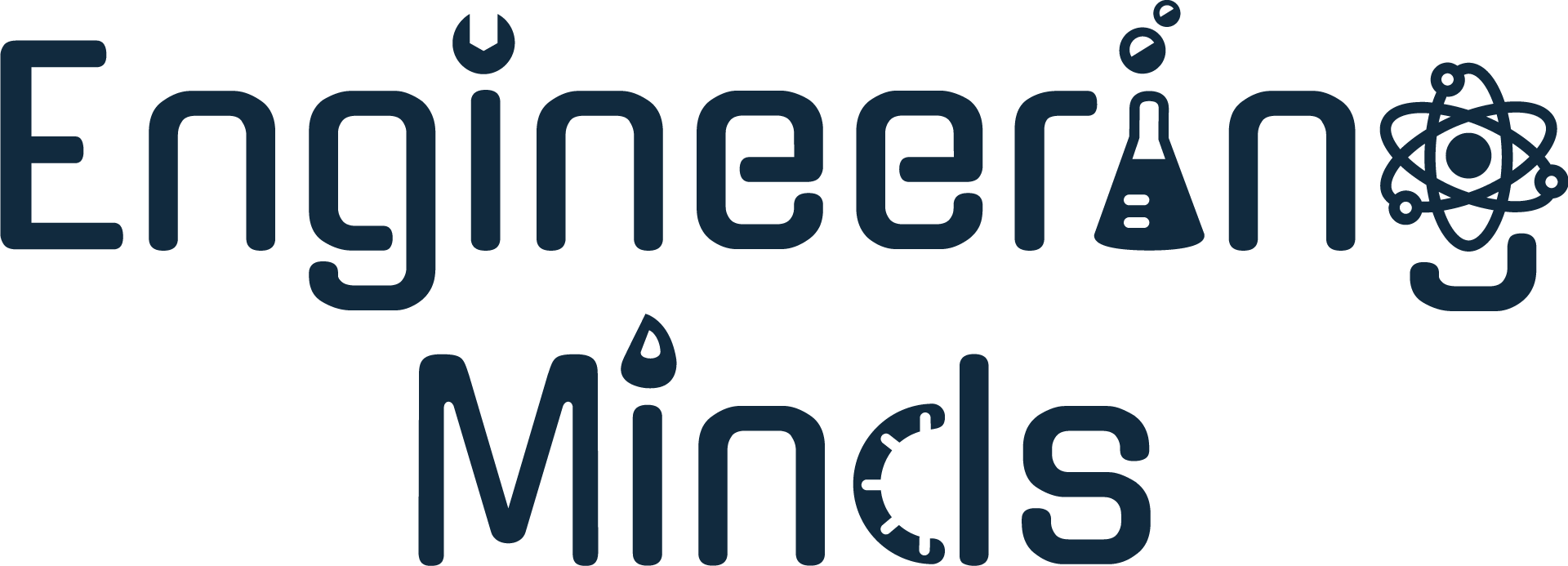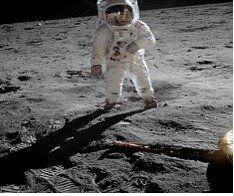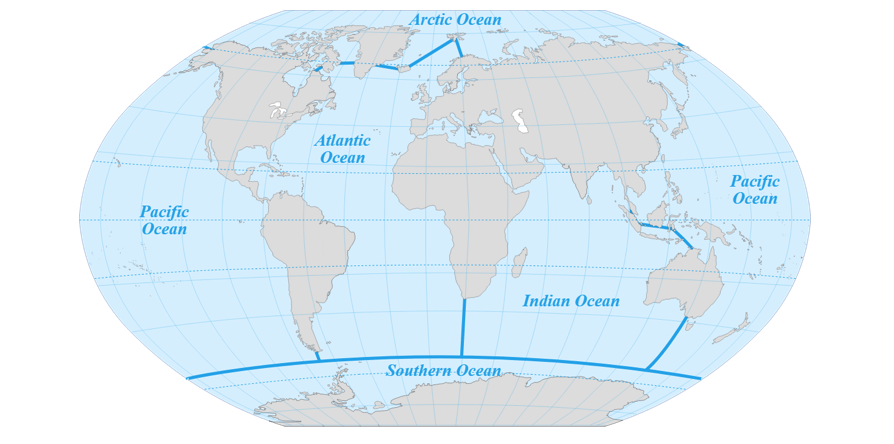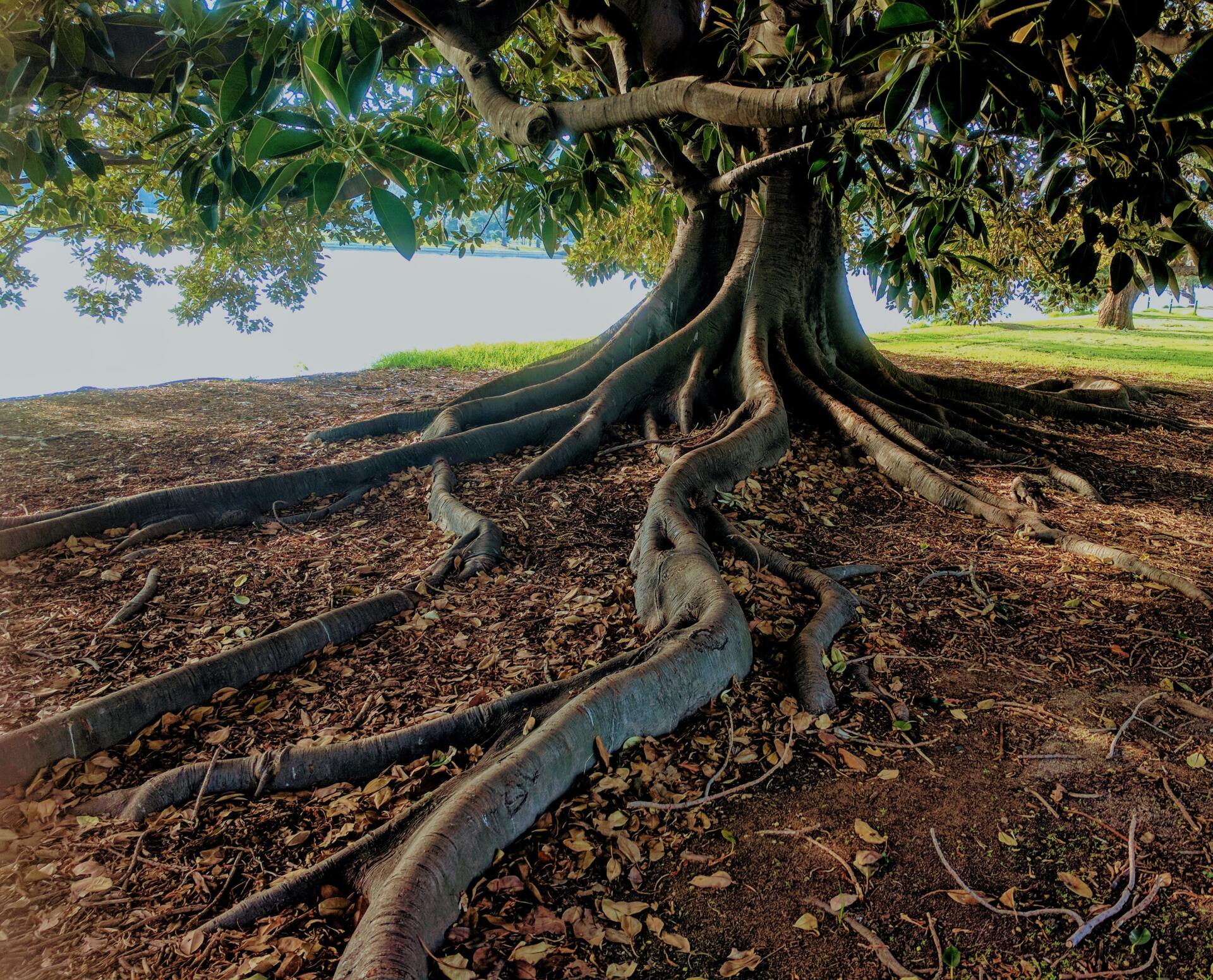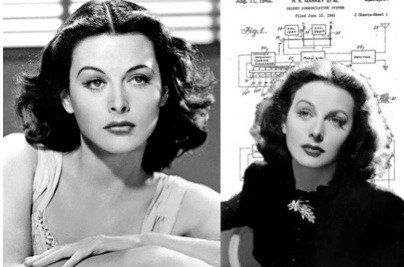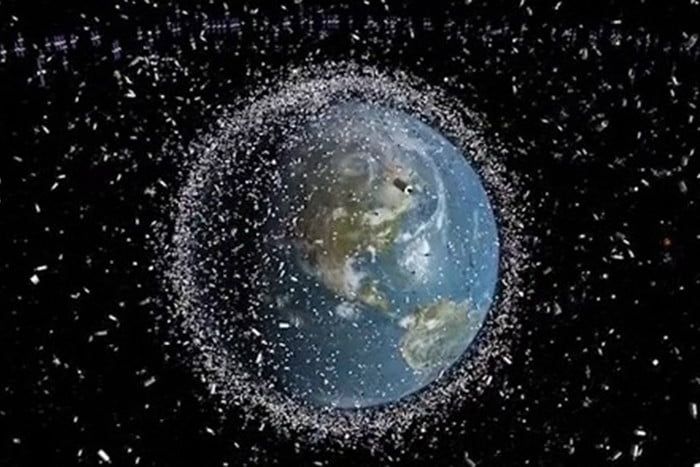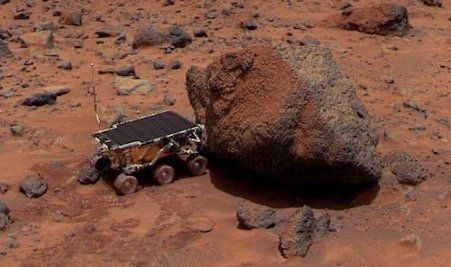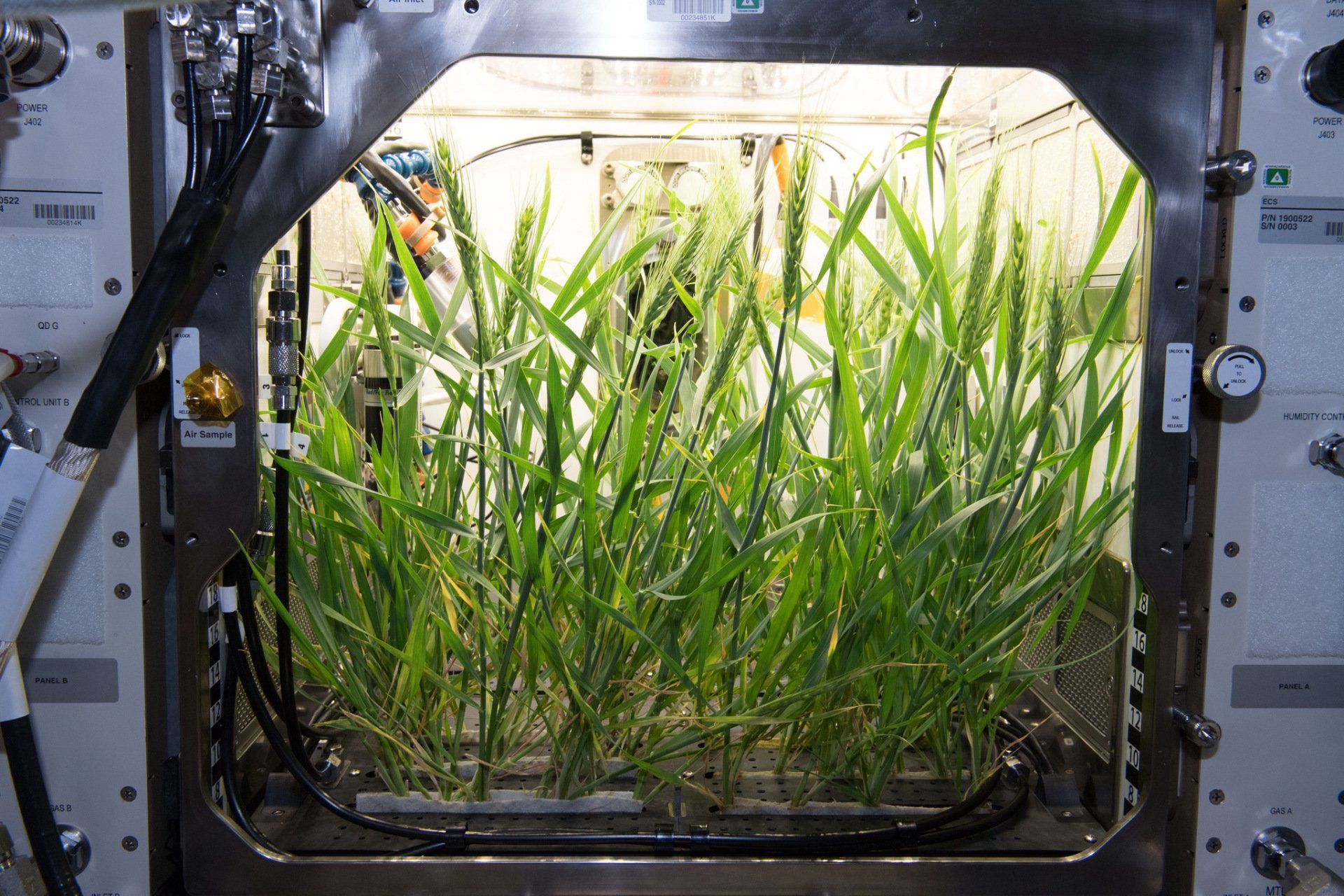Women in Space
As of March 2021, 65 women have flown in space, including cosmonauts, astronauts, payload specialists, and space station participants. The first woman in space was Russian cosmonaut Valentina Tereshkova, who flew on Vostok 6 on June 16, 1963. The first American woman in space, Sally Ride, flew aboard the Space Shuttle STS-7 in June of 1983.
First African-American Woman Astronaut
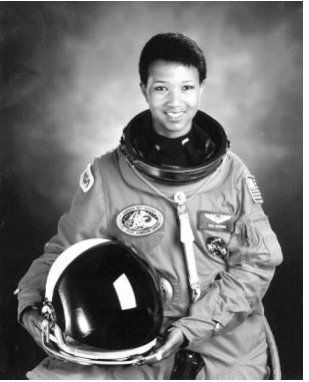
Mae Jemison was born in Alabama, but when she was only 3 years old she moved with her parents to Chicago. From a very age, she was passioned about astronomy and she turned this passioned into an astonishing achievement – to be the first African American woman in space.
Mae was very lucky to have parents who encouraged her to explore a wide range of topics. She was a curious child who loved to learn about many different subjects, from dance to astronomy, maths and anthropology. When she was a young student in the late 1950s - early 1960s, girls were not encouraged to study maths and science, as they are now and many people thought it was odd for this little girl to have an interest in science. But Mae’s parents taught her she can be anything she wants to be.
In addition to being a brilliant young mathematician, Mae was also a very talented dancer, Actually, when she was a young child she dreamt of being a professional dancer and began studying ballet at the age of 8 or 9. Dance remain one of her big passion throughout her life and one of the domains she exceeded in. At the end of her high school, she needed to make a difficult decision, having to choose between enrolling into a career in science or one in dance.
She chose science and entered a prestigious American University - Stanford at the age of only 16. It was a very young age to leave home, but Mae was a strong girl, who described herself as "naive and stubborn enough” not to fear independence.
She graduated with a BS in Chemical Engineering and a BA in African and African-American Studies. While at Stanford, she also pursued studies related to her childhood interest in space and for the first time has considered applying to NASA.
Upon graduation, she enrolled into Cornell Medical School to become a doctor and during her training she discovered her passion for international work. She worked for the Peace Corps and travelled to Cuba, Thailand, Cambodia, East and West Africa to give medical care to people from many developing countries throughout the world.
Upon returning to the United States after serving in the Peace Corps, Mae Jemison took graduate level engineering courses. The flights of the first female astronaut, Sally Ride and Guion Bluford, an African-American space engineer in 1983 inspired Mae to apply to the astronaut program to NASA, and she was chosen out of roughly 2,000 applicants. The American newspapers covered her as the "first black woman astronaut" in 1987.
Mae Jemison flew her only space mission from September 12th to September 20th, 1992, on STS-47, a cooperative mission between the United States and Japan, as well as the 50th shuttle mission of NASA. Jemison logged 190 hours, 30 minutes, 23 seconds in Space and orbited the Earth 127 times. Throughout the eight-day mission, she began communications on her shift with the salute " Hailing frequencies open ", a quote from Star Trek .
Often pilots take souvenirs with them in space. Mae took a dance poster along with her on the flight, a West African statuette and a photo of pioneering aviator Bessie Coleman, the first African American with an international pilot license.
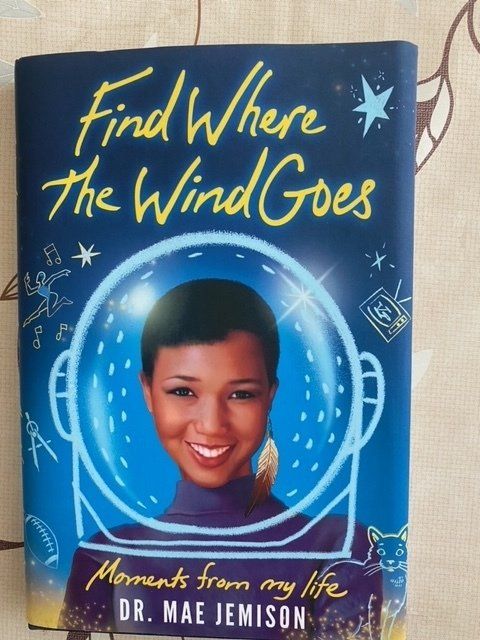
Mae Jemison's first book, Find Where the Wind Goes (2001), is a memoir of her life written for children. Perhaps this could be one of your summer books? We hope you will find a lot of inspiration in reading about this remarkable astronaut, scientist, engineer, doctor and fabulous dancer.
The most women in space at one time
The most women in space at one time happened in 2010, when space shuttle Discovery visited the space station for the STS-131 mission. Discovery’s crew of seven included NASA astronauts Dorothy Metcalf-Lindenburger and Stephanie Wilson and Japan Aerospace Exploration Agency (JAXA) astronaut Naoko Yamazaki. The space station crew of six included NASA astronaut Tracy Caldwell Dyson.
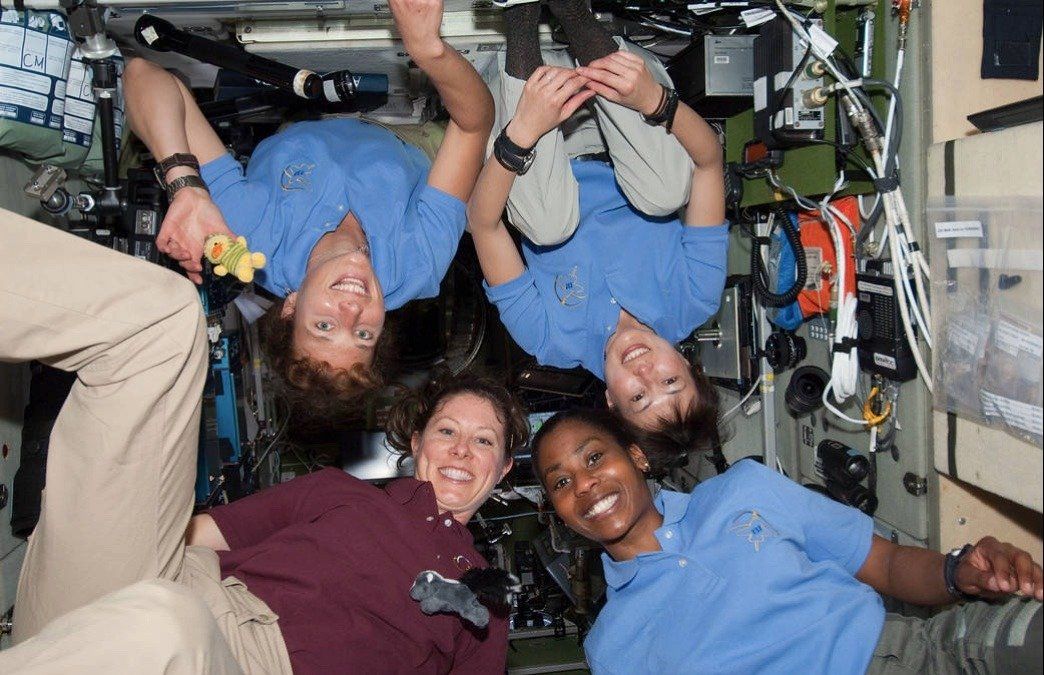
The first European woman to command the International Space Station
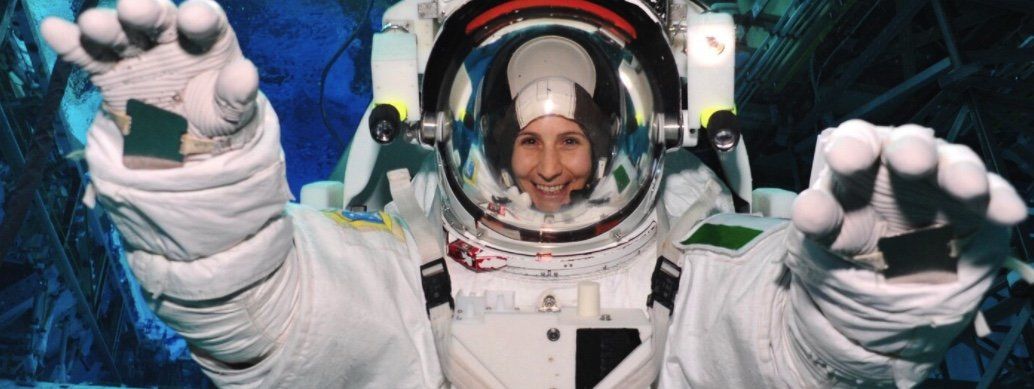
"AstroSam" is the nickname of the popular Italian astronaut Samantha Cristoforetti. She is the first Italian woman in space and she also won a record for the longest uninterrupted spaceflight by a European astronaut (199 days, 16 hours). Now she is going to be the first European woman to command the International Space Station (ISS) and the third woman in the world after Americans to be in orbit on the ISS in 2022.
Samantha has an equal interest in humanities. She enjoys learning foreign languages and her current challenge is Chinese. Occasionally she finds the time to hike, scuba dive or practice yoga.
Samantha has an equal interest in humanities. She enjoys learning foreign languages and her current challenge is Chinese. Occasionally she finds the time to hike, scuba dive or practice yoga.
She has been the first astronaut to drink espresso coffee in space in 2015. Did you know that espresso coffee is the typical Italian coffee?
How did Samantha get into this career?
AstroSam attended a Space Camp in US as an exchange student when was only 18th and later she graduated in Mechanical Engineering and also in Aeronautics Sciences. After being enrolled for a few years in the Italian Air Force in 2009 she was officially selected as an astronaut by the "European Space Agency" from a group of 8000 applicants.
"Mission X: Train Like an Astronaut"
AstroSam is also passioned about inspiring children
In 2015 she started an outreach program of nine-week to challenge students 8–12 years old to get fit while Cristoforetti trained in space. Mission X is a yearly international educational challenge that focuses on health, science, fitness and nutrition. Why not joining next year? https://www.stem.org.uk/missionx
What to do when bored in space?
If you are curious to know how Samantha entertains herself in space read this article on BBC https://www.bbc.co.uk/newsround/33096620
